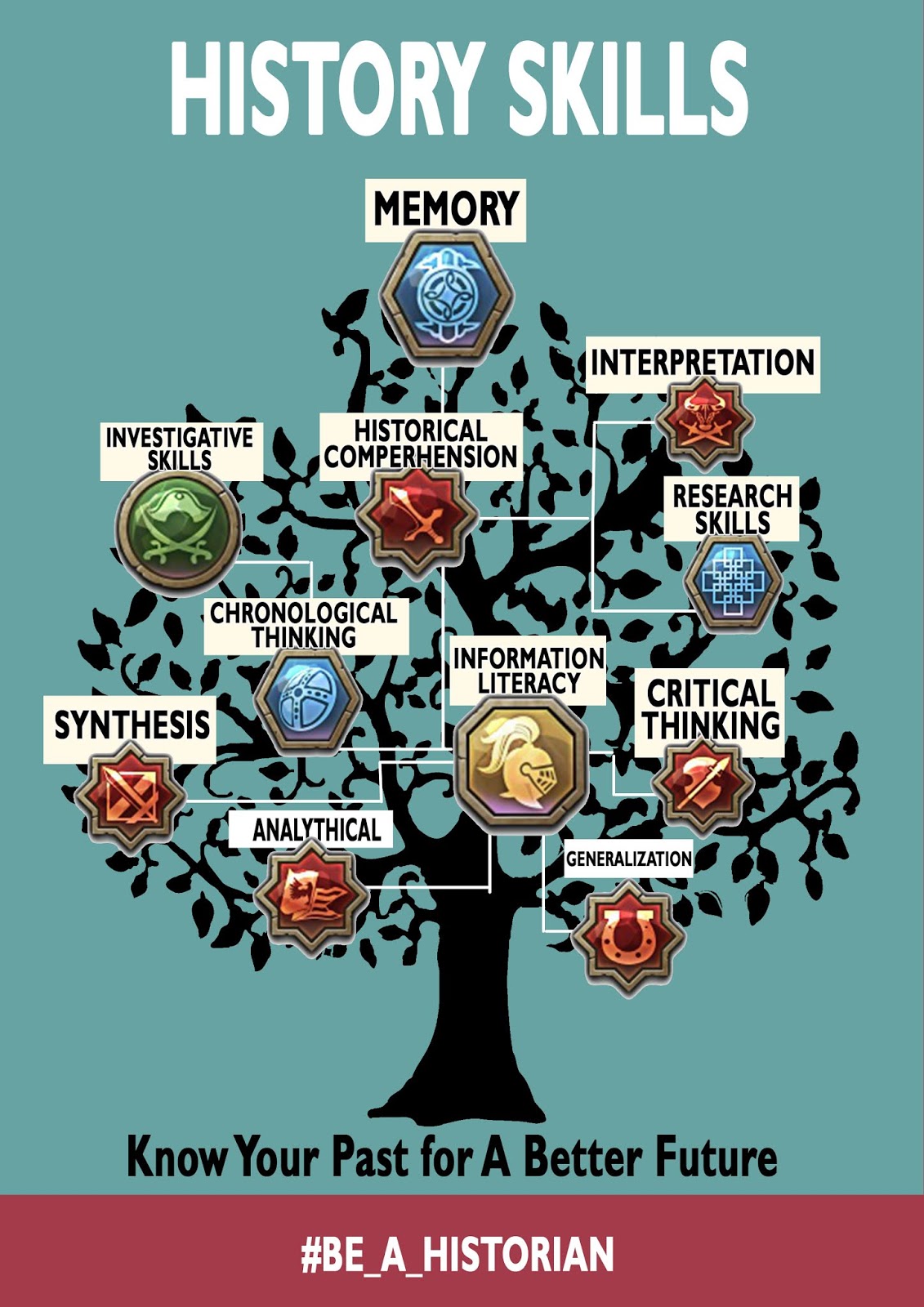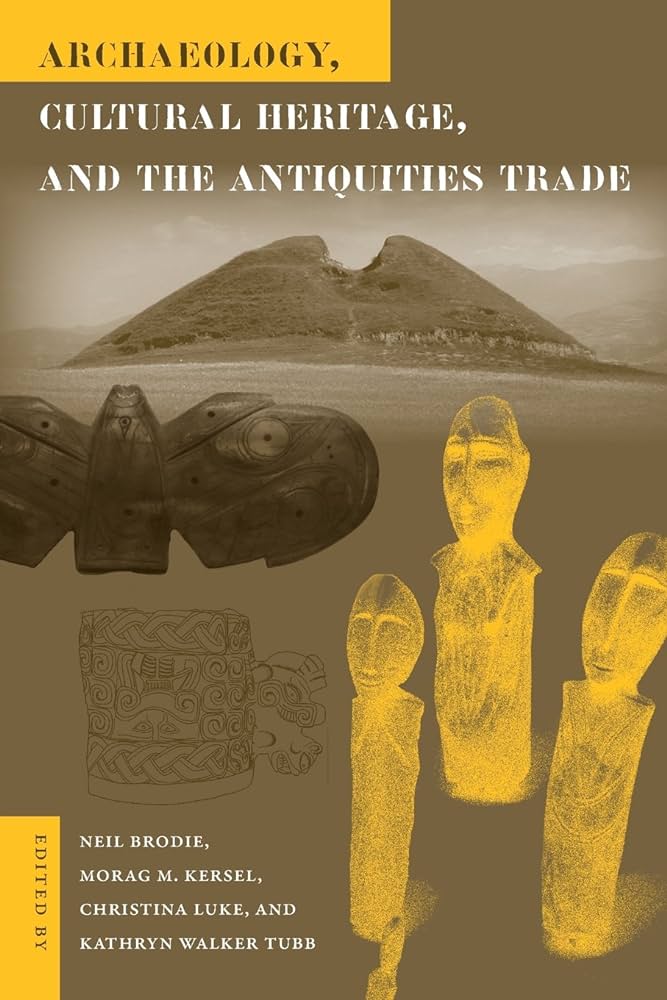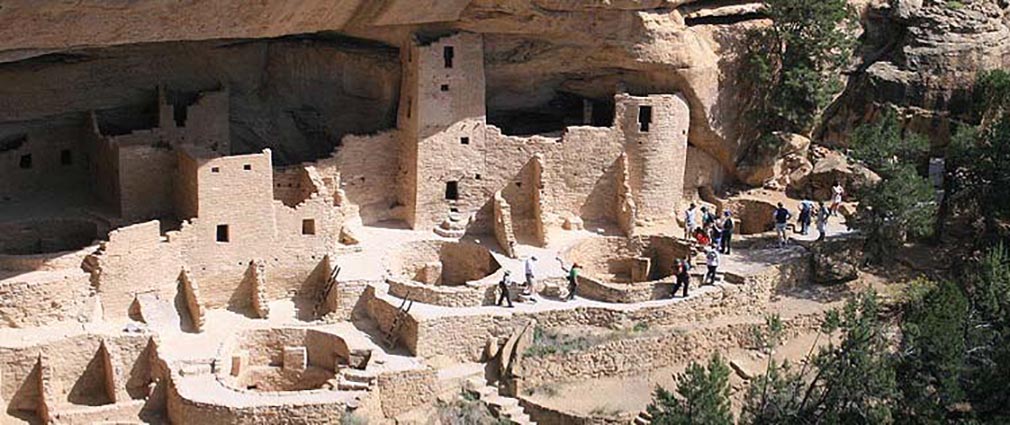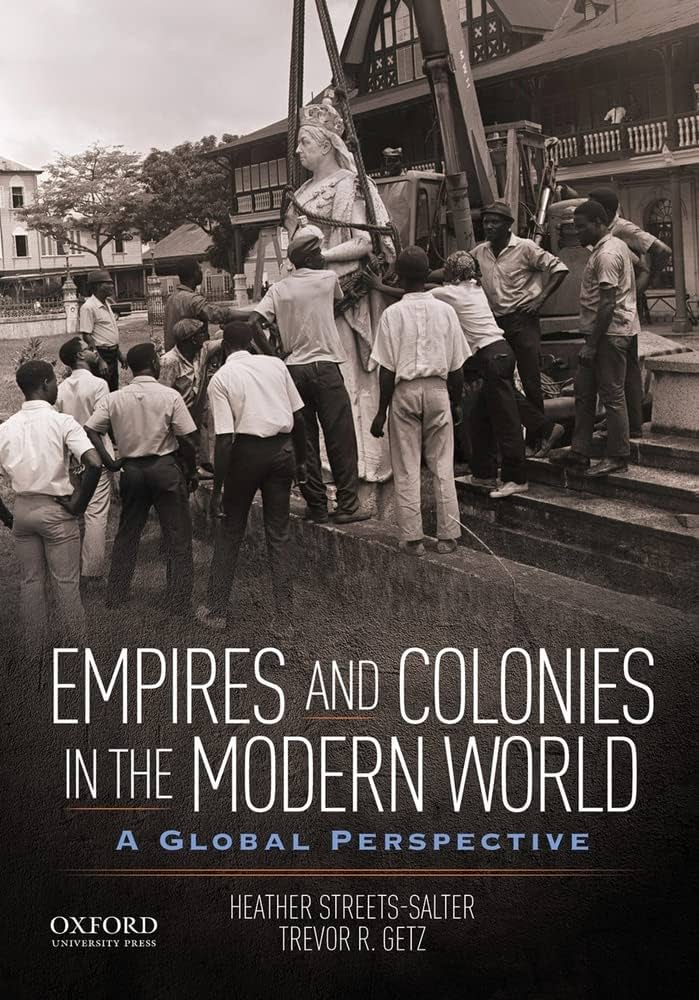Exploring the Art of Historiography – A Guide to Uncovering the Past
When it comes to understanding our past and how it shaped the present, historiography plays a crucial role. Historiography is the study of the methods and principles used in historical research and writing. It allows us to critically assess and interpret historical sources to reconstruct accurate narratives of the past. In this blog post, we will delve into the art of historiography and provide you with a comprehensive guide to uncovering the hidden treasures of history.
1. Start with Primary and Secondary Sources
Historical research begins with examining primary and secondary sources. Primary sources are firsthand accounts or direct evidence from the period under study, such as letters, diaries, artifacts, and official records. Secondary sources, on the other hand, analyze and interpret primary sources. They include books, articles, and scholarly research. By consulting both primary and secondary sources, you gain a well-rounded perspective on the topic.
2. Be Aware of Bias and Perspective
Historical sources are often influenced by bias and perspective. It’s important to critically evaluate the author’s background, intentions, and potential biases when analyzing a source. By understanding these factors, you can separate fact from opinion and develop a more nuanced understanding of historical events.
3. Contextualize Historical Events
To grasp the significance of historical events, it’s crucial to put them into context. Consider the social, political, economic, and cultural factors that influenced the time period being studied. This contextual understanding will help you better interpret the motivations and actions of historical figures and the broader implications of events.
4. Compare and Contrast Multiple Perspectives
History is often multifaceted, with varying perspectives and interpretations. By comparing and contrasting different accounts of the same event, you can identify similarities, differences, and potential biases. This process enables you to build a more comprehensive understanding of the past.
5. Utilize Historical Methodologies
Historians employ various methodologies to analyze and interpret historical data. Some common methodologies include archival research, oral history interviews, quantitative analysis, and comparative studies. Understanding and utilizing these methodologies can enhance your research and provide deeper insights.
6. Engage with Historiographical Debates
Historiographical debates are discussions among historians regarding the interpretation of historical events. Engaging with these debates allows you to explore diverse viewpoints and critically evaluate existing narratives. It’s important to keep up with the latest scholarship and contribute to the ongoing conversation by adding your insights to the field.
7. Stay Curious and Open-Minded
Historiography is a dynamic and evolving field. New discoveries and interpretations constantly reshape our understanding of the past. Stay curious, keep an open mind, and be willing to revise your conclusions based on new evidence or perspectives.
In conclusion, the art of historiography empowers us to uncover the past and gain valuable insights into our shared human history. By utilizing primary and secondary sources, critically assessing bias, contextualizing events, comparing perspectives, employing appropriate methodologies, engaging with debates, and staying curious, you can navigate the intricate world of historiography and contribute to unraveling the mysteries of the past. Happy exploring!
Remember, historiography is a vast field, and this blog post only scratches the surface. If you’re interested in delving deeper into the subject, consult reputable books and academic journals to expand your knowledge. Enjoy your journey through history!











